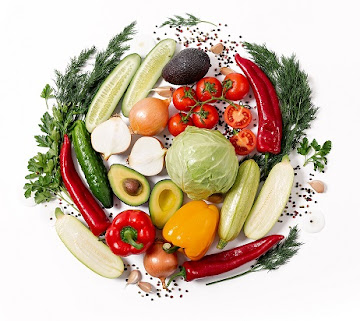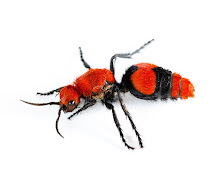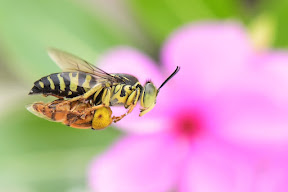With most plants, the botanists have the last say in how to define them. With fruits and vegetables, however, the culinary world gets in the game. Botanically speaking, fruits are produced by a flower and contain seeds while vegetables are the other parts of the plant that are eaten (leaves, stems, roots, etc.). A
culinarian, on the other hand, may classify them by flavor profile and when/how they are eaten. In other words, fruit is sweeter and is eaten in desserts and baked goods while vegetables are savory and are eaten as side dishes or as a part of a main dish. With both voices having their say in the matter, the whole thing is inevitably confusing for some people. When you add in plants that can be cooked in a number of ways, the confusion can mount. Let’s examine some of the most genre-bending plants out there:
Avocado

This ridiculously popular food is botanically a fruit. What’s more it’s not a
pome fruit or
stone fruit as one might think, it’s a
berry fruit. Be that as it may, avocados are considered savory and eaten like vegetables. They make an extraordinary addition to main courses, side dishes and salads (
here are some savory ways to eat avocados that go beyond guacamole). But avocados are nothing if not versatile and although they not generally considered as dessert, they can go sweet with great success (like
these recipes). You can probably get most people to agree that avocados are fruit, but the berry bit would make an excellent talking point the next time you serve avocado.
Leafy Greens
This category of vegetables has flavors that can be polarizing. Kale, for instance, is a hard sell for many people (myself included). Nevertheless, greens are well-loved additions to salads, side dishes, sauces and entrees. But they can also be used in desserts. You could try the
Slow Cooker Bok Choy Brownies,
Vanilla Spinach Cake, or a traditional southern French dessert,
Tourte des Blettes. This confection dates back to before the 16th century and contains a Swiss chard-based filling within a buttery crust. As far-fetched as it may seem to the American palate, a recipe that’s been popular for more than 500 years must have something going for it.
Okra
Fried okra, gumbo,
succotash - all of these are decidedly savory dishes. I know my Southern grandma would have a hard time believing it, but these “vegetable” dishes are actually made using a fruit. And while okra holds a place of honor in old-school Southern cooking, modern vegan and vegetarian chefs have gotten super-creative with ways to make old standards new. This is how we got
Okra Ice Cream. I’m really not sure how I feel about this (and my grandma would be
really skeptical of it), but it does have plenty of coconut and sugar, which is always a good thing. Another Southern standard that has been re-imagined as a no-meat dish is Pulled Pork.
This recipe uses
jackfruit and claims to be a good representation of pork. That said, this may be the one that sends Grandma spinning.
This is the poster child for the fruit or vegetable question. We’ve all heard the discussions surrounding this fruit; genre-switching is nothing new for tomatoes. In fact, back in 1893 the U.S. Supreme Court heard a case to determine (for taxing purposes) whether the tomato was indeed a fruit or a vegetable. Their final decision was that it was a vegetable, which goes to show that the Supreme Court has been making controversial decisions for quite some time (read more about this case here).Tomatoes are firmly in control in some of America’s favorite foods and flavorings like spaghetti, salads, pizza and ketchup. But some brave cooks have turned them into dessert as well. There is the Tomato Cheesecake, which I’m not sure I want to try. There is also a Tomato Soup Cake, made with the ubiquitous canned tomato soup we’ve all had in our kitchen. I have to admit I‘m somewhat intrigued by this one – it seems like something that was created because there wasn’t much else in the pantry. And I can appreciate the creativity in that.

If you are dealing with a bumper crop of fruit and/or vegetables, I hope this blog has plucked the strings of culinary inspiration in you. Think outside the usual ways of cooking things and you may just find greatness.
Take Care.
Submitted by Pam


















